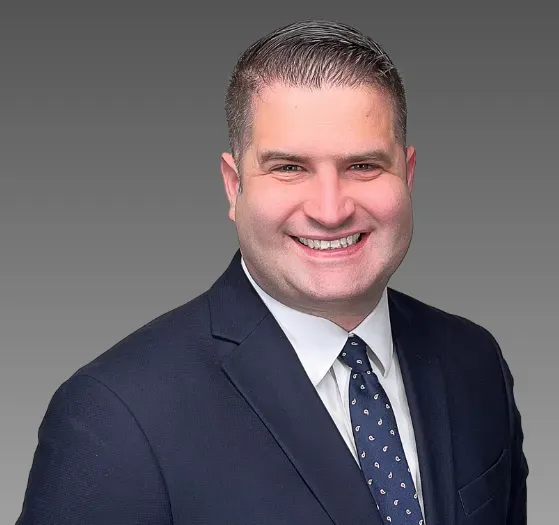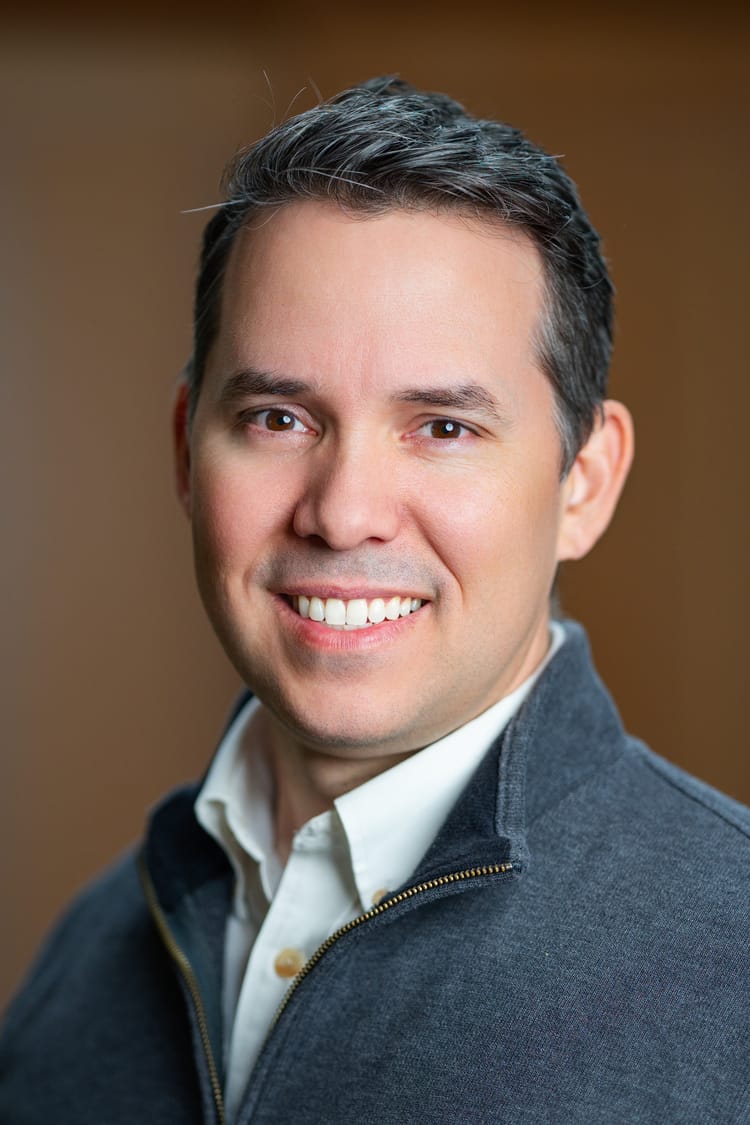‘No one else is coming to the rescue’

Workforce issues continue to dog contractors in almost every sector and every region. Relying on the same old ways to expand the workforce just isn’t working.
We talked to Brian Turmail, VP of Public Affairs & Workforce at Associated General Contractors of America, about why attracting more women to the industry matters, how mentoring and education programs can help close the gap and why social media may be one of the most powerful recruiting tools contractors aren’t fully tapping yet.
— Interview by Margot Lester, edited by Bianca Prieto
What's the labor outlook for the rest of the year and what does that mean for contractors?
We’ve already got 92% of firms having a hard time finding enough people to hire and the federal government is currently shrinking the total size of the workforce by taking steps to end work authorizations for people who are here through the Temporary Protected Status program or seeking asylum. The total U.S. workforce shrank by 1.2 million just because of the changes the Trump Administration has made to current work authorizations.
So in construction, it's an employee's market. If you've got the soft skills to be a good employee and some basic hard skills to work in construction, you're going to be a very attractive candidate.
The number of women in the workforce just hit a 20-year high. Why is that good news?
It's good news because having some success in reaching half of the workforce and getting more of them to participate is absolutely essential to dealing with our workforce challenges and also, frankly, to creating the kind of diverse teams that are going to be safer, more productive and more successful because you've got a better range of viewpoints.
How does increasing women on crews ease the shortage?
It goes back to the workforce. You know, if we can't reach half the U.S. population, we're never going to solve workforce shortages, and we strongly believe that it's kind of a virtuous cycle. You get more women on a job site, it will be easier for other women to want to join because they're not going to be the only one anymore, they're not going to be the pioneer—and the culture will be more welcoming.
Why should contractors get involved in mentoring programs, skills development initiatives and K-12 career and technical education in their communities?
Because no one else is coming to the rescue. The federal government has chronically underinvested in workforce development for careers like construction for the last 40 years. Four out of every five dollars the federal government spends on workforce development goes to encouraging people to get a four-year college degree, even though only 38% of Americans are going to go to a four-year college. So the federal resources aren't there.
Maybe 40 years ago, you could be just in the business of building, but if you're not in the business of building your workforce today, you're not going to have a workforce to be able to build.
Does social media play a role in recruiting?
We have to modernize the way that we recruit and attract people to careers in construction. We have to meet people where they are. And the fact is that a lot of people spend a lot of time on social media, and their perceptions of what's an attractive career come from what they're seeing.
And here's the good news for the construction industry: What the people of the construction industry do is inherently cool, it's visually friendly and it's actually social media-ready. They're solving problems. They're working in teams. They're in unique environments that are ever-changing, and they're doing stuff with their hands, building things that will hopefully last for decades.
If there's an industry out there that should be taking advantage of social media to try and recruit more people, it’s hard to argue that construction isn’t at the top of the list.
Thanks for reading today's edition! You can reach the newsletter team at thelevel@mynewsletter.co. We enjoy hearing from you.
Interested in advertising? Email us at newslettersales@mvfglobal.com
Was this email forwarded to you? Sign up here to get this newsletter once a week.
The Level is curated and written by Margot Lester and edited by Bianca Prieto.





